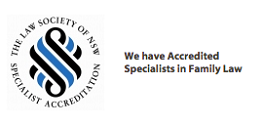In Re Estate Jerrard, deceased [2018] NSWSC 781 an indigenous young man died in a motor accident without a Will and with no spouse or children. Superannuation death benefits were payable into his estate. His parents were his closest relatives. The deceased had little contact with his father and lived with his mother. His mother made a claim for the whole of his estate to be distributed to her. She relied on Part 4.4 Succession Act 2006 (Part 4.4.) which provides that a person may apply to the Court for a distribution order under “the laws, customs, traditions and practices of the Indigenous community or group to which an Indigenous deceased belonged” (customary law). She argued that according to customary law she should receive the entire estate.
The father opposed the order. This was the first case to consider competing claims within a deceased’s Indigenous community. The mother relied on evidence from indigenous elders and letters from persons such as the Chief Executive Officer of the Local Aboriginal Land Council to inform the Court of customary law. Judge Lindsay had concerns about the Court’s ability to independently verify the evidence but was prepared to accept it for two reasons: firstly, there was no serious challenge to the evidence and secondly, the Court is required to determine if the finding of customary law leads to a “just and equitable” result informed by succession law and not just limited to customary law.
The Court determined the father should receive a lump sum amounting to roughly 11% of the estate. This case is noteworthy not only because of its treatment of customary law but also because it is becoming more common for relatively substantial assets to be available to an estate from superannuation death benefits. As a result more people should consider making wills.









